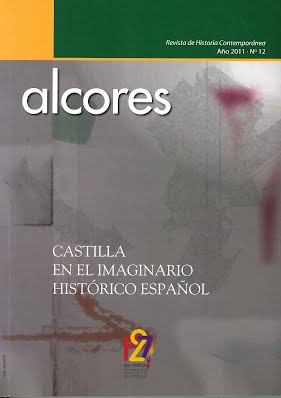The «invention» of the Socialist Tradition. The History of the Spanish Socialist Workers
DOI:
https://doi.org/10.69791/rahc.164Keywords:
socialism, Spanish Socialist Workers’ Party (PSOE),, 1976, transition to democracy, MarxismAbstract
Between May and October 1976, the re-born Spanish Socialist Workers’ Party (renovated sector) called upon History in order to affirm its independence and reinforce its identity at a time when the great transformations taking place within the party (and within Spanish society as a whole) had actually weakened the social patterns for which the «old» traditions had been designed. The Socialist directive searched amongst their political predecessors for role models of leadership, archetypal figures that might be useful for the contemporary purposes of the party. The 5th December 1976 saw the opening of the 27th Congress of PSOE, the first to be celebrated in Spain after the long dictatorship; it has also been labeled the most «radical» in the history of Spanish Socialism, and yet even within the pages of El Socialista (the PSOE’s official journal), the «memory» of the party had been reconstructed upon the foundations of moderation and pragmatism.
Downloads
Global Statistics ℹ️
|
62
Views
|
37
Downloads
|
|
99
Total
|
|
Downloads
Published
How to Cite
Issue
Section
License
Copyright (c) 2012 Juan José de la Fuente Ruiz

This work is licensed under a Creative Commons Attribution 4.0 International License.
Alcores is an open-access journal. It provides unrestricted access to its content from the moment of publication. We respect intellectual property rights, and for this reason, the author retains the copyright. All content is distributed under a Creative Commons Attribution 4.0 International (CC BY 4.0) license. The terms of the license can be consulted at: https://creativecommons.org/licenses/by/4.0/
This license allows sharing (copying and redistributing the material in any medium or format) and adapting (remixing, transforming, and building upon the material for any purpose), provided that authorship and first publication in this journal are properly credited, a link to the license is included, and any changes made are indicated.
This type of license facilitates the freedom of reuse and ensures that the content of this journal can be used to meet research needs.





